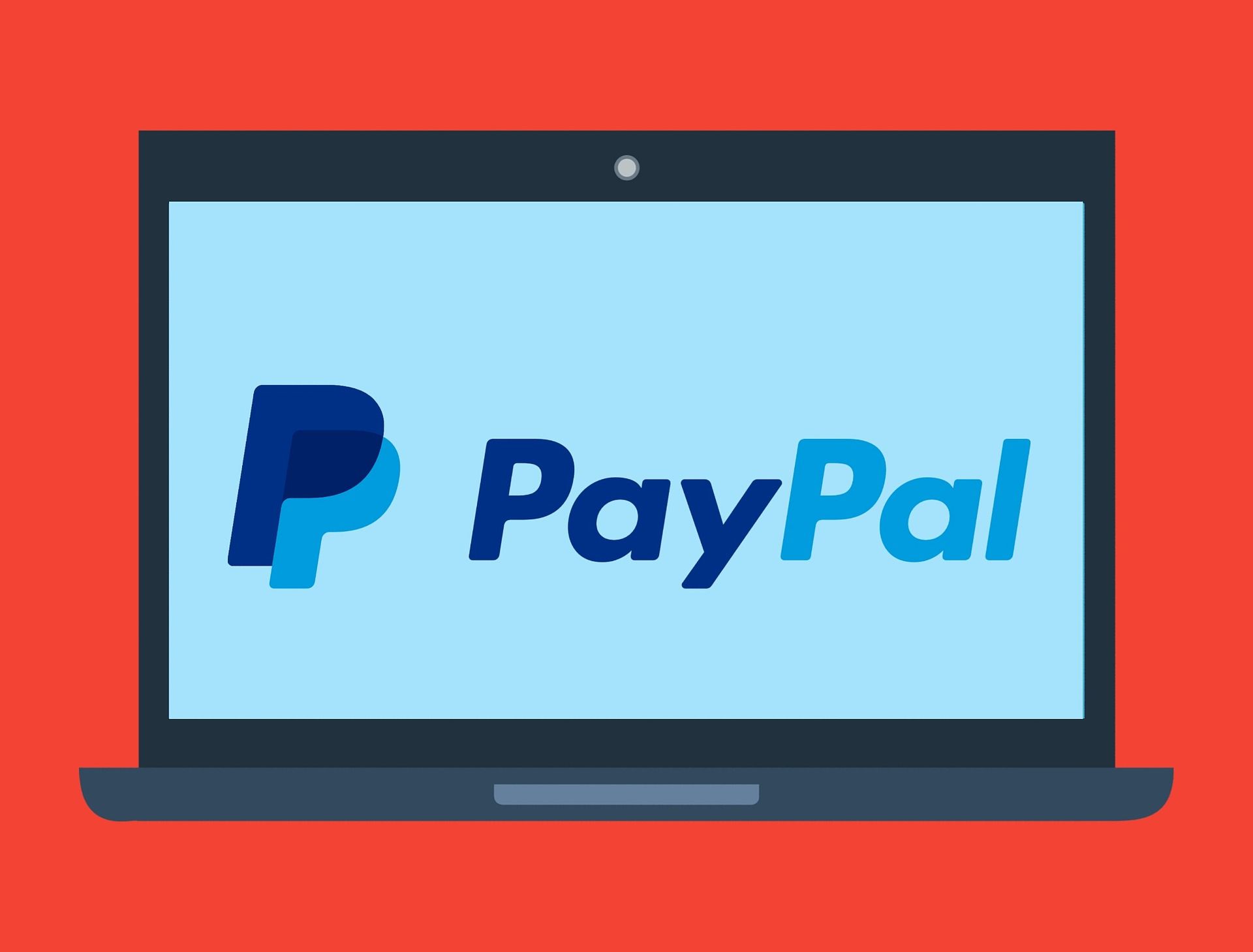51 of internet traffic is non human 31 is made up from hacking programs spammers and malicious phishing

51% of Internet Traffic is “Non-Human”

The internet has become an integral part of our lives, connecting people, businesses, and information like never before. However, not all internet traffic comes from human users. In fact, a staggering 51% of internet traffic is generated by “non-human” entities. According to a report, 31% of this non-human traffic is composed of hacking programs, spammers, and malicious phishing attempts.

Hacking programs, often developed and used by cybercriminals, are responsible for a significant portion of this non-human internet traffic. These automated tools are designed to exploit vulnerabilities in computer systems, allowing unauthorized access to sensitive information. They can be used for various purposes, including stealing personal data, launching large-scale attacks on websites, or compromising the security of individuals and organizations.
Another major contributor to non-human internet traffic is spammers. These individuals or groups inundate our email inboxes and social media platforms with unwanted and unsolicited messages. Spammers aim to promote products, services, or fraudulent schemes, often by deceiving unsuspecting users. By flooding the internet with their messages, they not only waste resources but also pose a significant threat to cybersecurity and privacy.
One concerning aspect of non-human internet traffic is the prevalence of malicious phishing attempts. Phishing is a technique used by cybercriminals to trick individuals into providing sensitive information, such as passwords, credit card details, or social security numbers. These phishing attempts often masquerade as legitimate websites or emails, making it difficult for users to distinguish between real and fake sources. With the rise in non-human internet traffic, the number of phishing attempts has also increased, putting internet users at an even greater risk of falling victim to online scams.
Despite efforts to combat these non-human entities, they continue to disrupt the online ecosystem. Internet users must remain vigilant and adopt robust security measures to protect themselves from potential threats. It is crucial to keep software and systems up to date, use strong passwords, and exercise caution when sharing personal information online.
In conclusion, the presence of non-human internet traffic, comprising hacking programs, spammers, and malicious phishing attempts, accounts for a significant portion of overall internet activity. This phenomenon highlights the pressing need for continuous cybersecurity measures to safeguard individuals and businesses from potential harm.
Tags
Share
Related Posts
Quick Links
Legal Stuff

